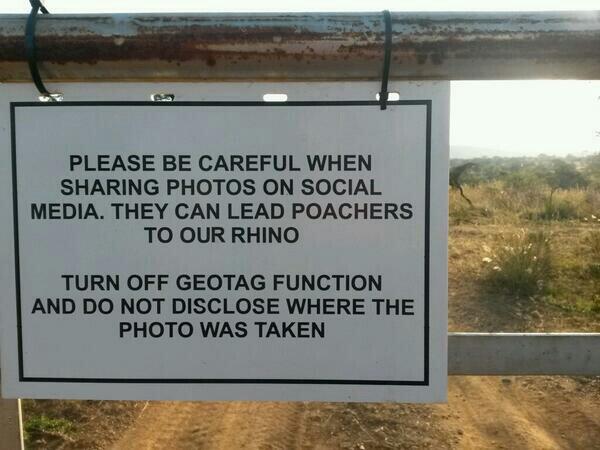I did not use to think of geotagging photos as a leave-no-trace issue. In fact, one slogan says leave only footprints, take only photos. Yet the Leave No Trace Social Media Guidance states:
Tag thoughtfully – avoid tagging (or geotagging) specific locations. Instead, tag a general location such as a state or region, if any at all. While tagging can seem innocent, it can also lead to significant impacts to particular places.
This to avoid visitors loving nature to death (see Crisis in our national parks: how tourists are loving nature to death, The Guardian, 20 November 2018)
I tend to quite successfully choose to visit places that get very low visitation, yet are quite spectacular. In 2017 I hiked for 2 weeks on Iceland and met only one other hiker. In 2018 I hiked for 10 days in central Norway/northern Sweden and met no other hikers. Also in 2018, I hiked all day along the Grand Canyon North Rim with canyon and river views, yet I met no other hikers.
In all cases, I have uploaded geotagged photos on the internet without giving much thought about what the potential impact my geotagging may have. I tend to quietly assume that places that are quiet now will be quiet later. Am I inadvertently threatening the solitude of the beautiful and quiet places I have visited, such as Lónsöræfi, Þjórsárver, Kinnarodden, Fajana de Franceses, Ljusfjällskåtan, Glenthorne Beach, or Tuweap? Or are they likely to remain quiet in any case, with visitors flocking in ever greater numbers to more famous places in the area instead?
Some places are already so busy, that I can't think that my geotagging will add any visitors (such as Lofoten or anything within a 10 minute walk from a popular trailhead in a popular U.S. National Park or Monument). Other places are so remote and quiet, that I can't imagine they'll ever be busy (remote corners of Laponia WHS come to mind). Yet other places have strict visitor limits in place already, so an increase in popularity should mostly lead to more disappointed tourists (I've experienced that only in the USA and Canada, but it's being discussed in parts of Iceland, although not in any place in Iceland I've hiked). But perhaps there are also places where I should be more careful in advertising their beauty?
What criteria should I consider in whether or not to geotag photos online?
